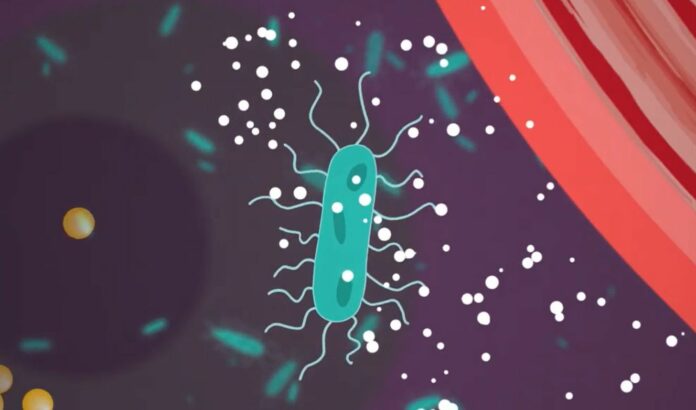Antimicrobial resistance, or AMR for short, is a silent pandemic that poses a much bigger threat to society than COVID-19. By 2050, AMR is expected to kill 10 million people a year and cost the world economy $100 trillion if we can’t find a way to stop antibiotic failure.
Without antibiotics, there would be no way to prevent lethal infections, cancer patients couldn’t get chemotherapy, and individuals wouldn’t be able to undergo life-saving surgery.
To keep antibiotics working for a long time, we need to find and understand new ways that bacteria can become resistant to them. This will help us find new antibiotics and keep track of AMR as it happens.
Now, Australian scientists have found a new kind of antimicrobial resistance (AMR) that is undetectable by traditional laboratory testing procedures, a finding that will challenge current efforts to monitor and combat one of the world’s biggest health dangers.
By 2050, AMR is expected to kill 10 million people every year. Scientists are working hard to figure out why antibiotics aren’t working and ways to stop them.
Now, a team under the direction of Dr. Timothy Barnett, Head of the Strep A Pathogenesis and Diagnostics team at the Wesfarmers Centre of Vaccines and Infectious Diseases, located at the Telethon Kids Institute in Perth, Western Australia, has discovered a crucial clue as to how some bacteria are able to avoid antibiotics. This discovery is only the beginning and is anticipated to be the tip of the iceberg.
The team’s findings were published today in Nature Communications and describe a novel way by which bacteria may absorb nutrients from their human hosts while evading antibiotic therapy. The finding was revealed during an investigation on the drug susceptibility of Group A Streptococcus, a potentially lethal bacterium often found in the throat and on the skin.
In order to flourish, bacteria must produce their own folates, which in turn causes sickness. Some antibiotics, as explained by Dr. Barnett, limit folate formation to kill bacteria and cure infections.
“When looking at an antibiotic commonly prescribed to treat Group A Strep skin infections, we found a mechanism of resistance where, for the first time ever, the bacteria demonstrated the ability to take folates directly from its human host when blocked from producing their own. This makes the antibiotic ineffective and the infection would likely worsen when the patient should be getting better.
“This new form of resistance is undetectable under conditions routinely used in pathology laboratories, making it very hard for clinicians to prescribe antibiotics that will effectively treat the infection, potentially leading to very poor outcomes and even premature death.
“Unfortunately, we suspect this is just the tip of the iceberg – we have identified this mechanism in Group A Strep but it’s likely it will be a broader issue across other bacterial pathogens.”
According to Dr. Barnett, the findings of the team show that the complexity of AMR is greater than previously believed.
First author Kalindu Rodrigo will now work on creating ways to test for this mechanism of antibiotic resistance so that it can be treated effectively.
“In the context of increasing AMR, it is important to have new diagnostic tools that can rapidly detect antibiotic resistance, including host-dependent resistance. Therefore, we hope to develop rapid point-of-care tests that can be used in remote settings where Group A Strep infections are endemic,” Mr Rodrigo said.
“It is vital we stay one step ahead of the challenges of AMR and, as researchers, we should continue to explore how resistance develops in pathogens and design rapid accurate diagnostic methods and therapeutics.
“On the other hand, equal efforts should be taken at all levels of the society including patients, health professionals and policymakers to help reduce the impacts of AMR.”
Source: 10.1038/s41467-022-34243-3
